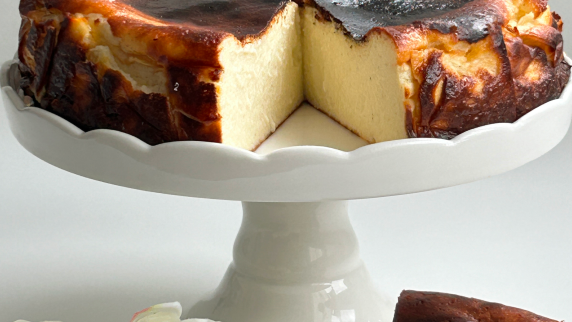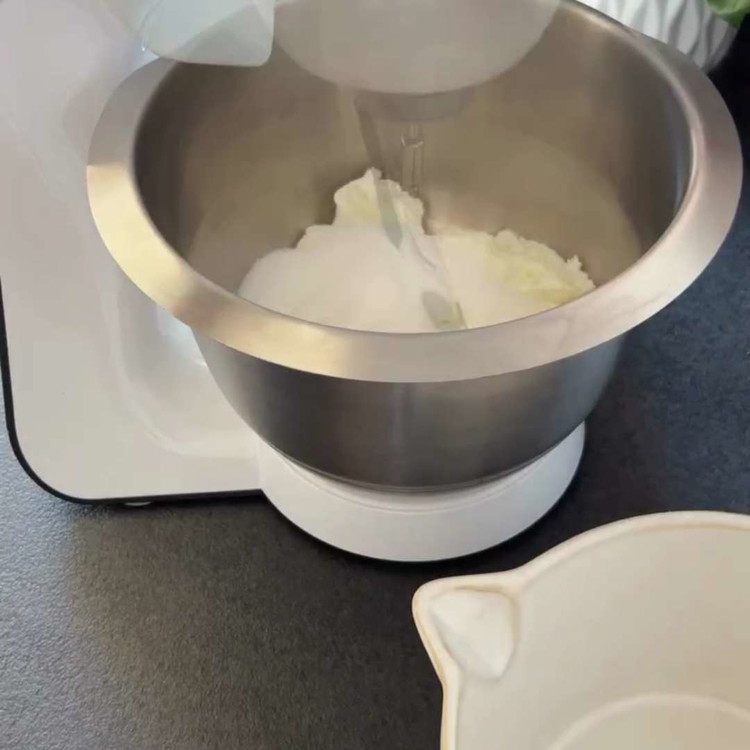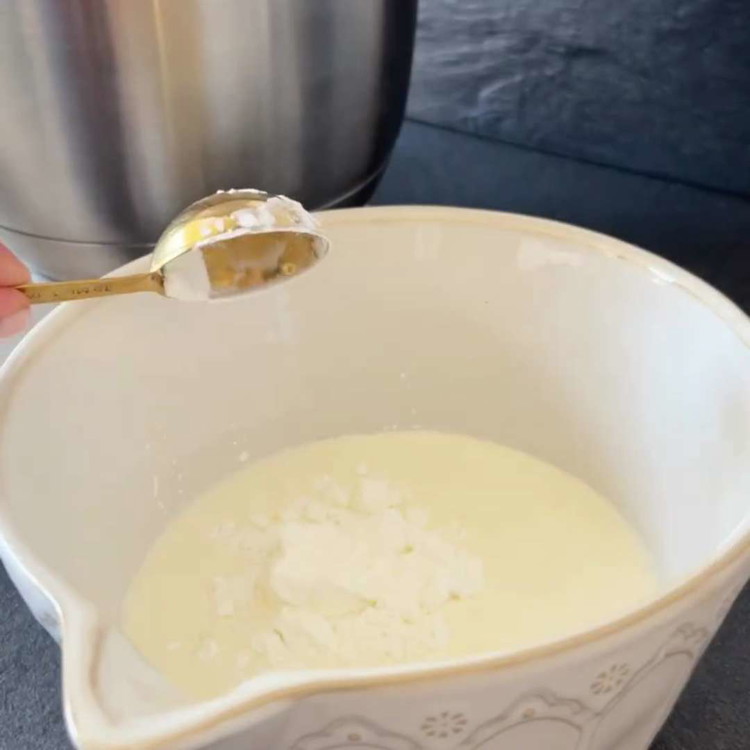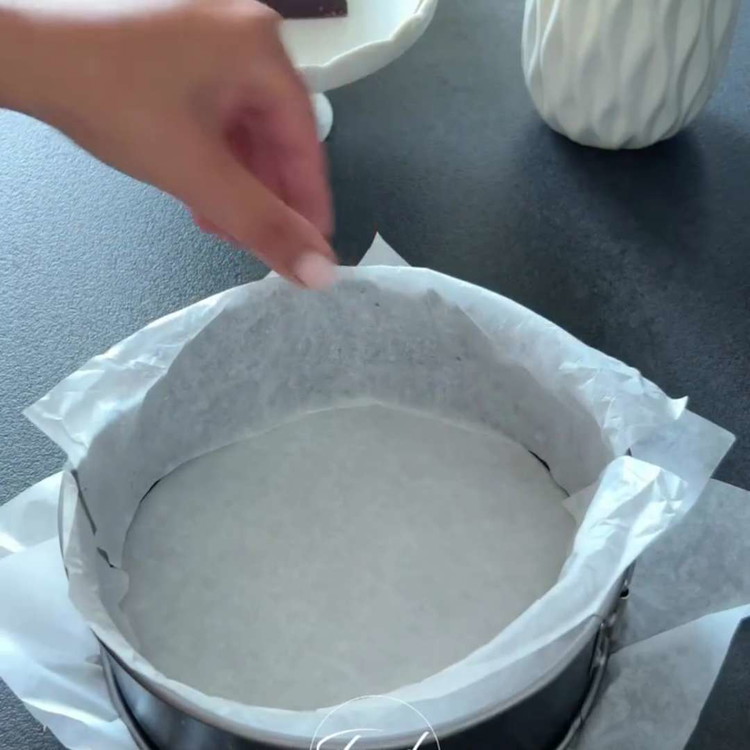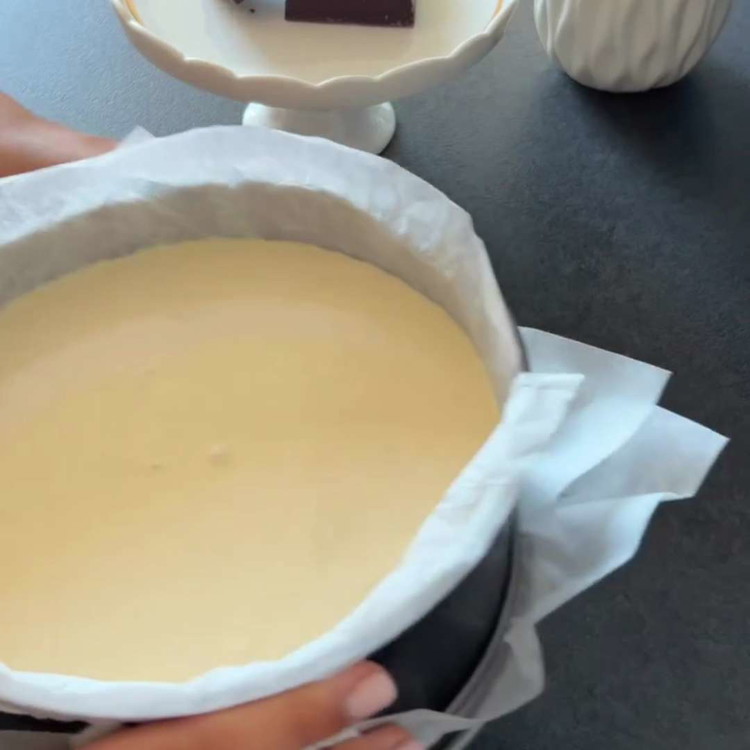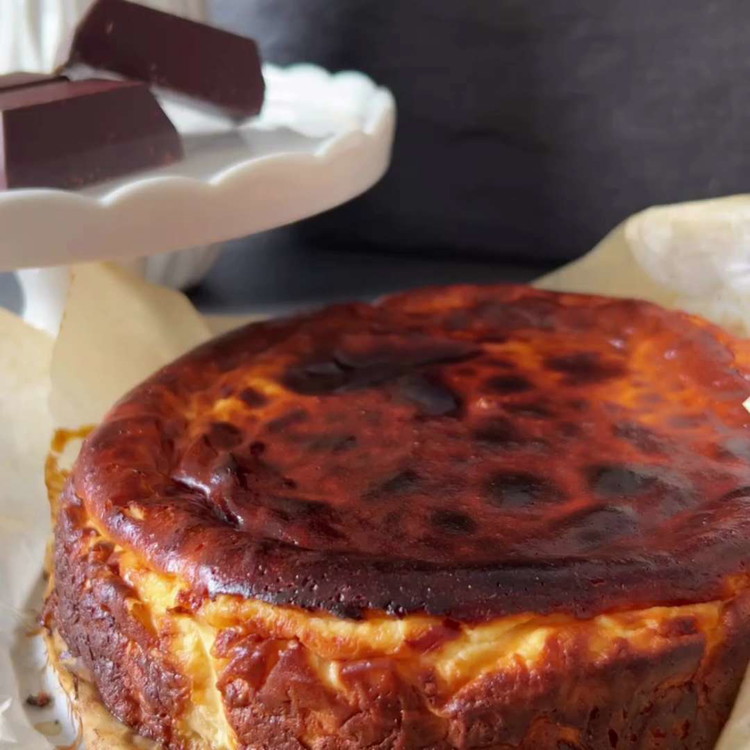San Sebastian Cheesecake, also known as 'Burnt Basque Cheesecake,' is a unique dessert that originates from the Basque region of Spain, specifically San Sebastián. Unlike traditional cheesecakes that are typically baked at lower temperatures to achieve a smooth top, this cheesecake has a deeply caramelized and lightly burnt exterior, creating a rustic aesthetic that is both visually appealing and packed with flavor. The interior remains creamy, soft, and almost custard-like, striking a fascinating contrast with the outer texture. The incorporation of lemon juice in this recipe adds a refreshing tang that balances the richness of the cheese, making it a delightful treat that's more indulgent than its more conventional counterparts. This exceptional texture and taste combination have contributed to its rising popularity among dessert enthusiasts worldwide.














